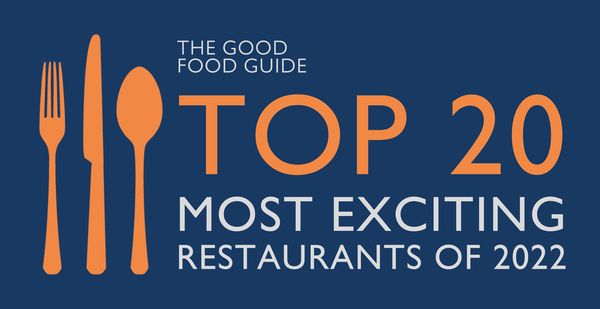Jane Pettigrew, tea expert and co-founder of the UK Tea Academy which delivers accredited training for wannabe tea sommeliers, says it wasn’t long ago that hospitality businesses ‘would order their tea from the same company that supplied their order pads and doilies – it was that basic’.
But as the consumption of alcohol in the UK dips (fuelled in large part by abstemious GenZ folk), sommeliers and bartenders are paying more attention than ever to their brews. Speciality teas, often from a tiny tea garden and particular vintage, are poured with as much care and layered with as much provenance and story as the finest of burgundies.
‘As a somm, your mind instinctively goes to wine, but more people are asking for alternatives,’ says Matt Davison, head sommelier at Moor Hall in Aughton, Lancashire. ‘Guests are more aware than ever about the quality of what they’re eating and drinking. It’s no different with tea. You need to offer something interesting for everyone.’
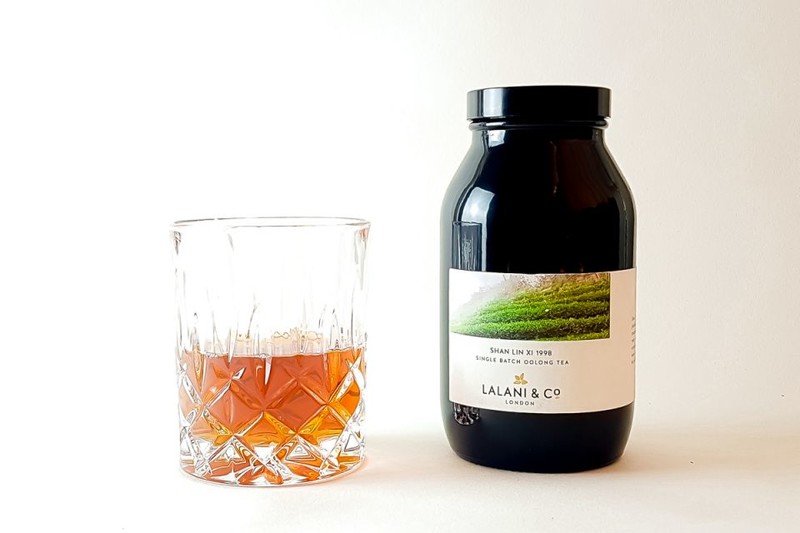
Davison works with family-run Lalani & Co to find small-batch, single-garden teas for the ‘Tea and Infusions’ pairing offered with the restaurant’s eight-course Provenance menu. Teas are presented to guests in their raw state before being brewed and served in the same fine Zalto glassware used for wine. And the way they can work with food is ‘mind-blowing’, he says. A classic Moor Hall dish of sweetbell turnips with Cornish crab and a lightly smoked turnip broth is served with first-flush (early season) Darjeeling from a remote garden 2,000m up in the mountains. It’s prepared with precision, three grams per cup infused tableside at 70C for three minutes to give sunny passion fruit, mango and stone fruit flavours. ‘It’s interesting how the fruitiness sits so well alongside the turnip broth which is a powerful flavour, especially as the wine pairing (a dry, skin-contact white from Kefalonia’s Sarris Winery) is at the opposite end of the scale.’
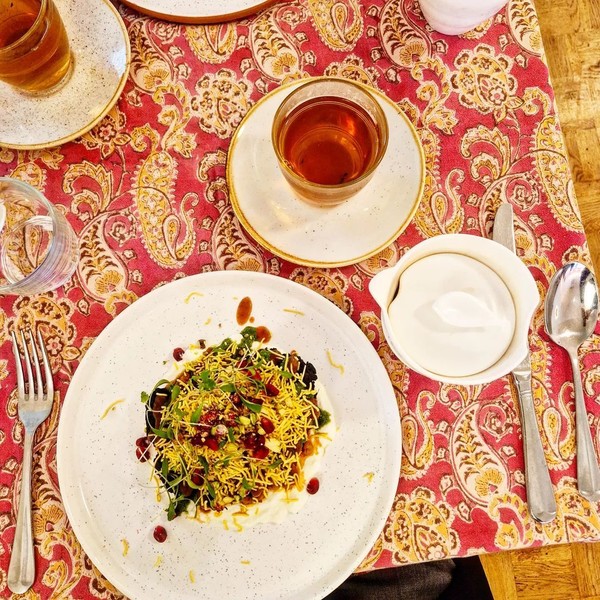
Such attention to detail is echoed elsewhere. At Jikoni, Ravinder Bhogal’s Marylebone restaurant inspired by the cuisine of immigration and shared cultures, the team – again drawing on the Lalani expertise – looks to Nepal for an oolong with gentle tannins and nutty, stone fruit character to pair with hand-dived Orkney scallop, creamy congee, and savoury turmeric-infused broth. Come dessert, banana cake with miso butterscotch and Ovaltine kulfi is matched with a honeyed, umami-rich black tea from Kenya’s Kangaita Estate in a ‘bold meets bold’ pairing. And at L'Enclume, one of the earliest restaurants to see the food-pairing possibilities of tea, there’s a constant push to revitalise the offer. Head sommelier Valentin Mouillard and his team might pour ‘fantastically complex’ puerh tea with notes of mushroom, forest floor and beetroot with big-flavoured meaty dishes – its subtle, tannic finish makes it ‘as close to a pretend pinot noir as we would ever venture’, he says.
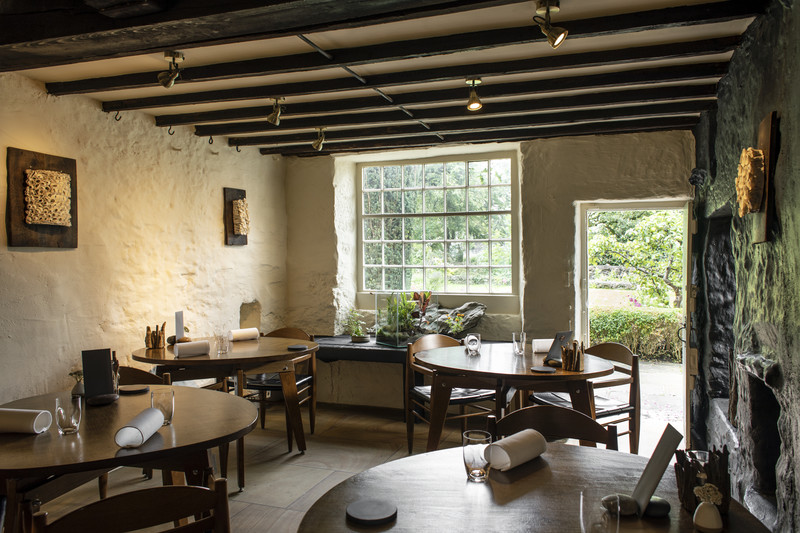
Others add their own spin. Stuart Skea, head sommelier at Lyla, Stuart Ralston’s ambitious new fine-dining restaurant in Edinburgh, makes a yuzu-ginger-honey Japanese-style infusion to go with the cheese serving on the 10-course tasting menu: the floral notes of the yuzu make it a light, refreshing sip. Earlier on, redcurrants smoked with apple wood are infused with chamomile herbal tea to create a savoury drink with more floral flavours to match the delicacy of langoustine. Mugwort tea gets a dose of fermented apple juice at Sollip near London Bridge, where chefs Woongchul Park and Bomee Ki meld flavours of their native Korea with their classical French training. The tea is poured alongside a dish of turbot, pan-fried in butter with horseradish and squid-mussel purée. It’s a hit, says general manager Vita Gargiulo: ‘Apple and horseradish go well together, and mugwort is a bit like chamomile.’ And at Restaurant 22 in Cambridge, a smoky lapsang grown in the subtropical forests of Fujian province, south-east China, comes via the Rare Tea Company to pair with a lusciously umami-rich wagyu short-rib. A dash of apple juice and a little sugar syrup adds balancing acidity and sweetness, with a few drops of rosemary oil mirroring an ingredient in the dish.
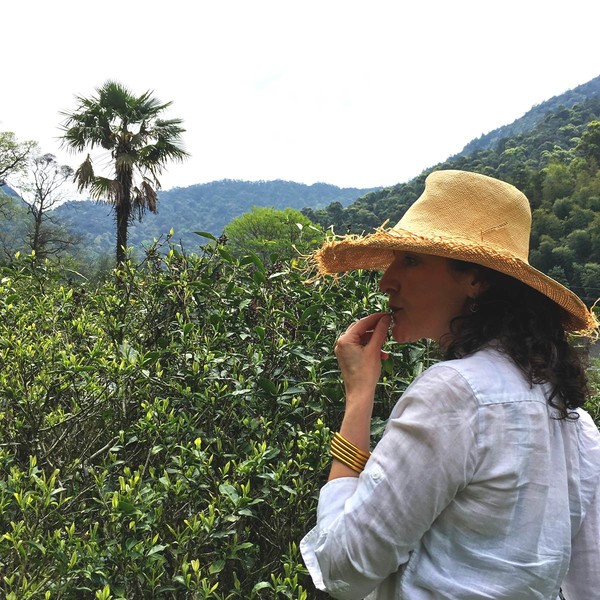
Looking for something really special? Let The Dysart, Petersham, take you to Hawaii in a cup of 2020 vintage A’a black tea processed in small batches by Big Island Tea on the slopes of a volcano. It’s one to savour from their exceptional list, not just for its delicate flavours of rose, orchid and raisin, but because a cup will set you back £19.50, such is the care with which it’s made. At Moor Hall, the tea that ‘produces the most gasps at the table’, says Matt, is a rare oolong harvested back in 1998 by Taiwanese producer, Mr Jian. Its savoury, nutty, tobacco-leaf, leather flavours bring out the powerful flavours in an aged beef tartare, a Moor Hall classic, with coal oil, caper jam, mustard, cornichons, shallots, squid-ink crackers and a dusting of burnt onion ash powder. ‘It's unreal, the most complex tea I’ve ever drunk, and one of the most complex drinks I’ve ever come across.’
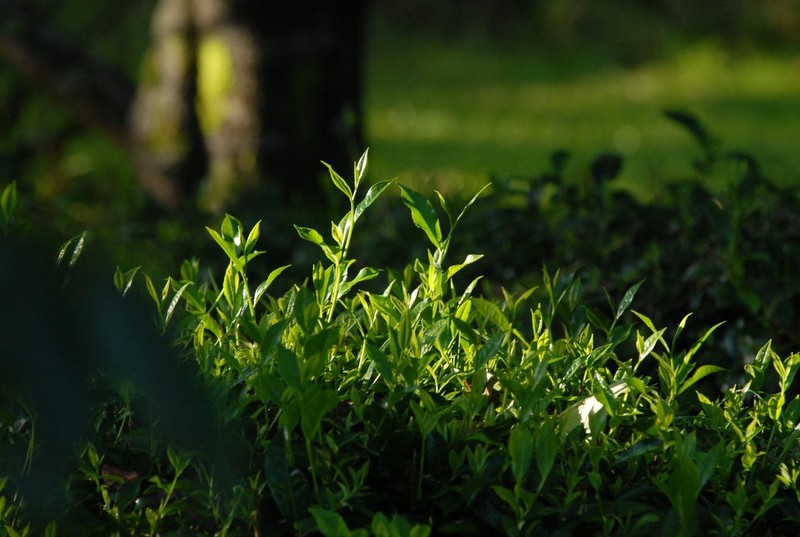
Check out the speciality teas poured at these GFG favourites:

